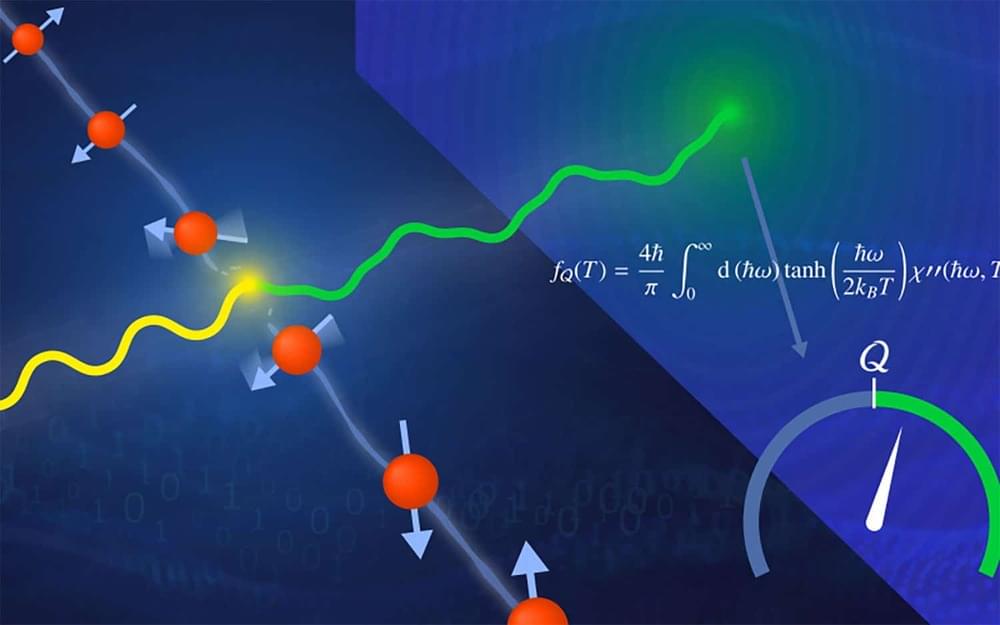An innovator in early AR systems has a dire prediction: the metaverse could change the fabric of reality as we know it.
Louis Rosenberg, a computer scientist and developer of the first functional AR system at the Air Force Research Laboratory, penned an op-ed in Big Think this weekend that warned the metaverse — an immersive VR and AR world currently being developed by The Company Formerly Known as Facebook — could create what sounds like a real life cyberpunk dystopia.
“I am concerned about the legitimate uses of AR by the powerful platform providers that will control the infrastructure,” Rosenberg wrote in the essay.









